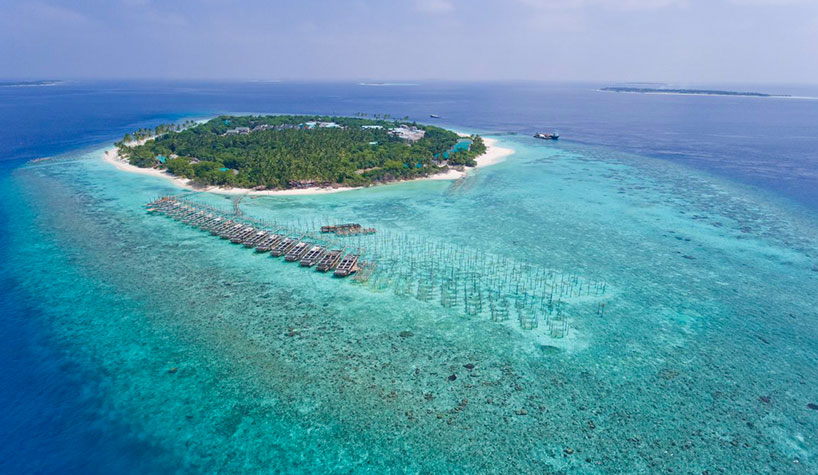INTERNATIONAL REPORT—Hoteliers are speaking out about climate change and its impact on the hotel industry around the world.
Climate change encompasses global warming, but refers to the broader range of changes that are happening to the Earth, including rising sea levels; shrinking mountain glaciers; accelerating ice melt in Greenland, Antarctica and the Arctic; and shifts in flower/plant blooming times, according to NASA.
Scientific evidence for warming of the climate system is unequivocal, according to the Intergovernmental Panel on Climate Change, an intergovernmental body of the United Nations.
In a Q&A with Hotel Business, hoteliers from Keemala, a boutique resort in Phuket, Thailand; the Inkaterra Reserva Amazónica in Puerto Maldonado, Peru; and Reethi Faru Resort in Dharavandhoo, Maldives, share insight from their vantage point.
How is climate change impacting operations and the guest’s stay?
Keemala GM Khun Jason Villarino: As a result of climate change, recently Phuket Island faced extreme drought and water shortage, and even with our extensive water-saving measures in place, this was certainly felt by all. We found that raising continuous awareness for both guests and associates was necessary and beneficial, and implemented extra measures to help address this problem. For example, during the Thai New Year “Songkran Festival,” we asked guests to refrain from water fights and instead enjoyed water activities in the pool to help conserve water.
Jose Koechlin Von Stein, founder/CEO of Inkaterra: We have performed inventories since 1978. As many companies undertake stock control every year, eco-lodges can define natural areas through flora and fauna inventories to learn the value of biodiversity. Studies on flora and fauna allow us to set a benchmark to measure our long-term impact, as well as to notice signs of climate change.
Smrutica Jithendranath, marine biologist & environmental specialist, Reethi Faru: Due to the fact that Maldives is an island nation, is it naturally more susceptible to the environmental changes. Coral bleaching has been one of the main and severe impacts seen in the Maldives caused by climate change and exacerbated by the effects of El Nino. Along with the demise of the corals, the fish population was also affected drastically. The guests are also affected by the lack of life in the surrounding coral reef; however, through education and awareness, we are reducing the feeling of doom and gloom among the guests.
What is the hotel team doing to reduce the impact on the environment?
Villarino: Our resort has had a lot of initiatives in place since the resort opening that aim to minimize impact on the environment, ranging from organic farming to reduce importing food from non-local sources, to reducing plastic waste by using paper straws, glass bottles, and biodegradable or recycled packaging only, to name a few. However, despite ongoing efforts, our resort felt it imperative that we continue to enhance these efforts as we are so near the tipping point and all efforts count. So, we continue to implement new initiatives such as our “Toward Zero Waste’” campaign where we return all plastic packaging back to suppliers and encourage them to reduce plastic waste at source. We’ve also enhanced our sustainable menu offerings to feature sustainably caught seafood from Phuket shores, and organic herbs and vegetables from our garden, for example.
Koechlin Von Stein: Promoting green jobs in ecotourism is one of the most efficient ways to mitigate the causes of climate change, while reducing migration and safeguarding local cultures. Over 40 years, more than 4,000 people from local communities have been trained by Inkaterra, offering career opportunities in hospitality, field guidance (birdwatching, wildlife interpretation, etc.), sustainable fishing and agroforestry production to produce local goods such as cacao and Brazil nut.
Jithendranath: At the Reethi Faru Resort, we are determined to restore our reef by setting up artificial reefs around the island using metal rebar frames and fragments of coral that are collected from around the island. These artificial reefs are placed to restore the reef as well increase the live coral cover and improve the chances of coral regeneration. Furthermore, due to the artificial reefs, there is a drastic improvement in the fish life around the house reef due to the increased availability of shelter and food.




